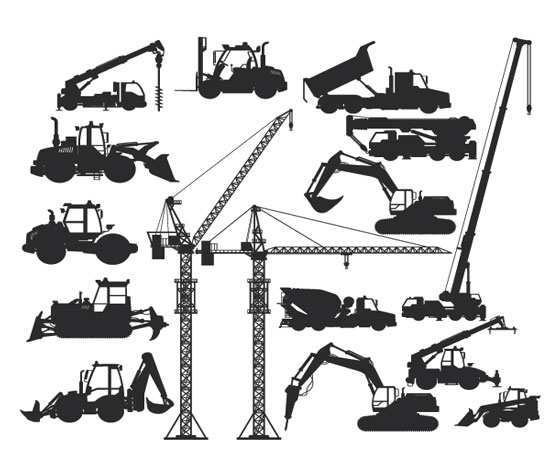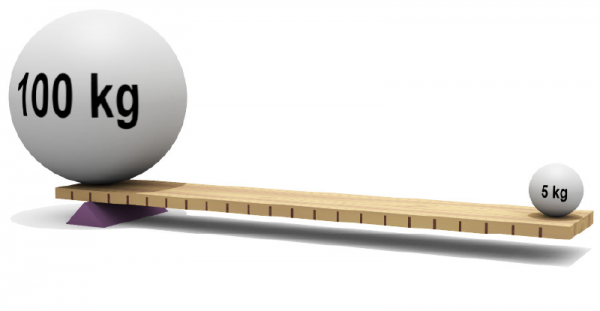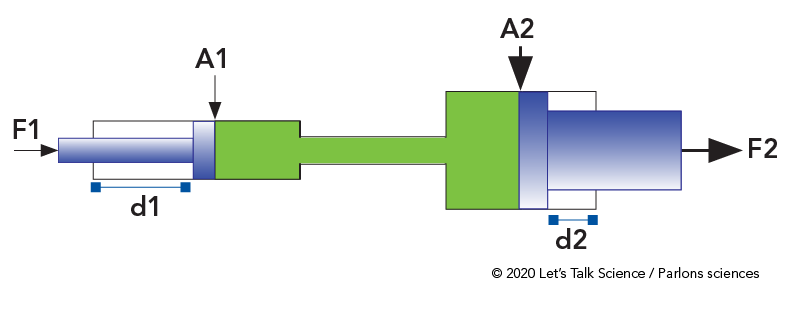Hydraulics 101

Construction vehicles use hydraulics (Djahan, iStockPhoto)

Construction vehicles use hydraulics (Djahan, iStockPhoto)
7.99
How does this align with my curriculum?
Curriculum Alignment
NS
8
Science Grade 8 (2020)
Learners will test the effects of changes in temperature and pressure on the properties of fluids.
BC
11
Physics 11 (June 2018)
Big Idea: Energy is found in different forms, is conserved, and has the ability to do work.
NU
11
Science 24 (Alberta, 2003, Updated 2014)
Unit B: Understanding Common Energy Conversion Systems
NT
11
Science 24 (Alberta, 2003, Updated 2014)
Unit B: Understanding Common Energy Conversion Systems
AB
10
Knowledge and Employability Science 10-4 (2006)
Unit B: Understanding Energy Transfer Technologies
NU
10
Knowledge and Employability Science 10-4 (2006)
Unit B: Understanding Energy Transfer Technologies
NT
10
Knowledge and Employability Science 10-4 (Alberta, 2006)
Unit B: Understanding Energy Transfer Technologies
NS
8
Science Grade 8 (2020)
Learners will compare mechanical advantage provided by hydraulic and pneumatic systems.


